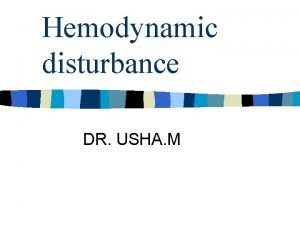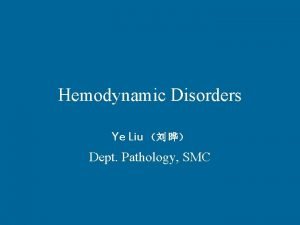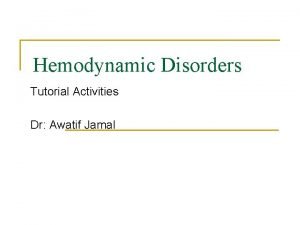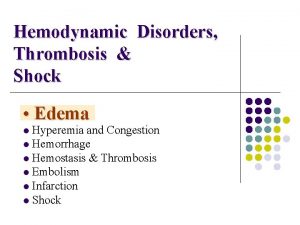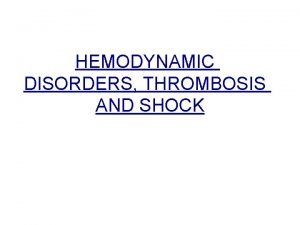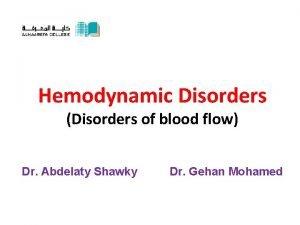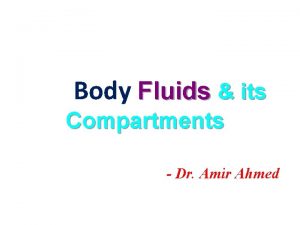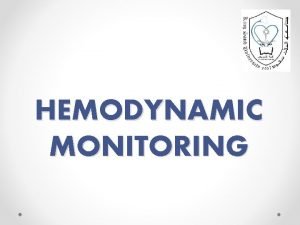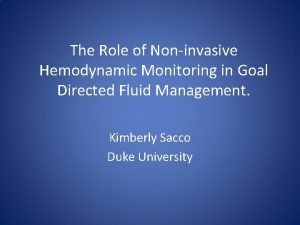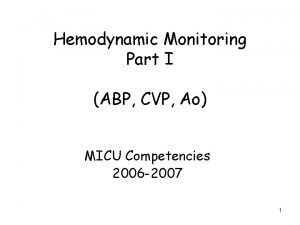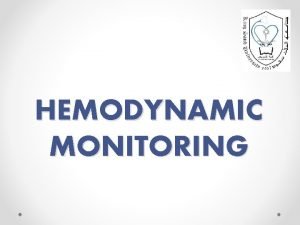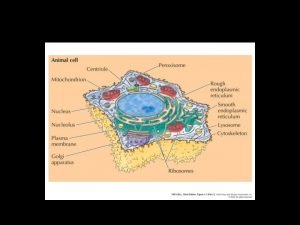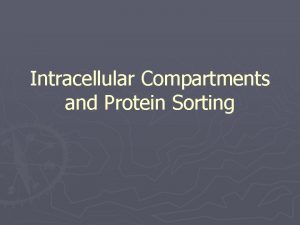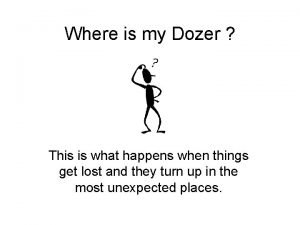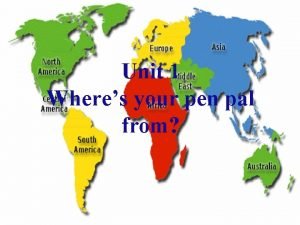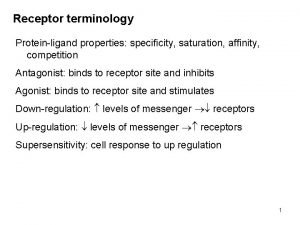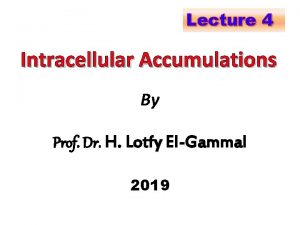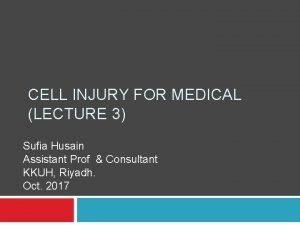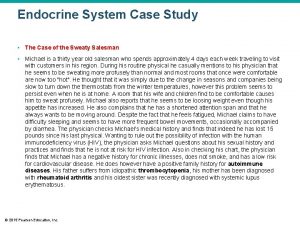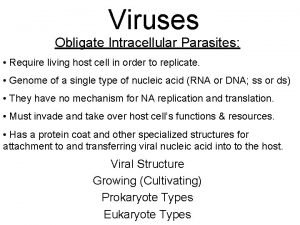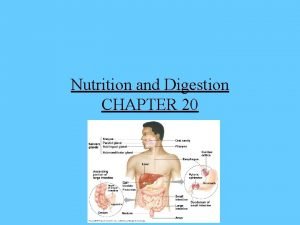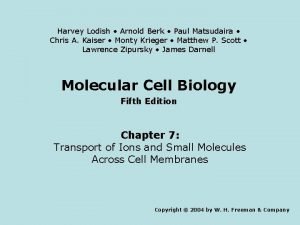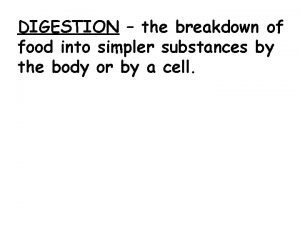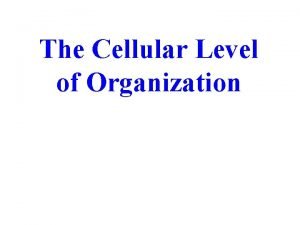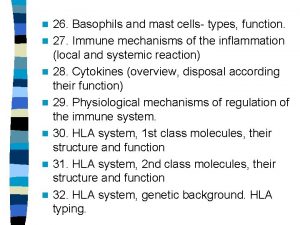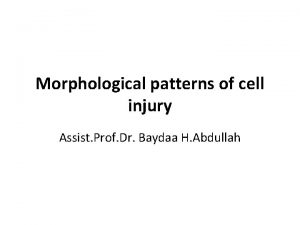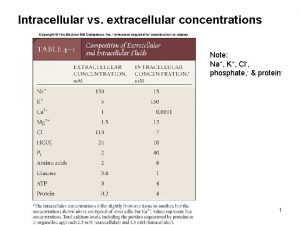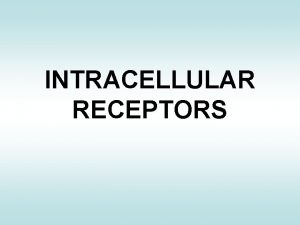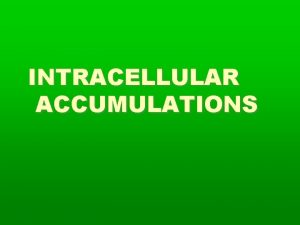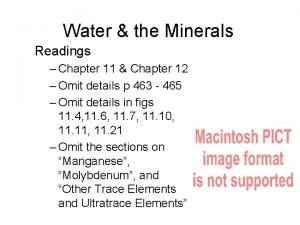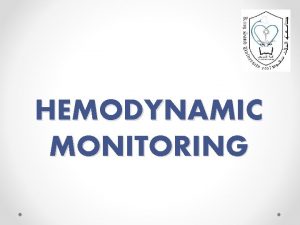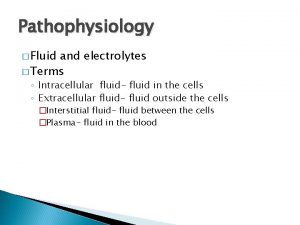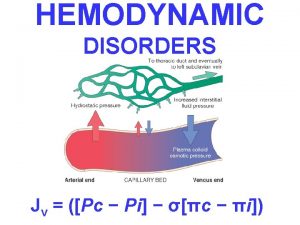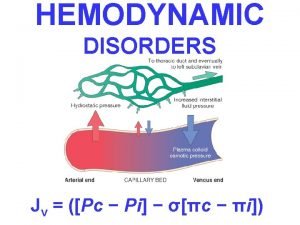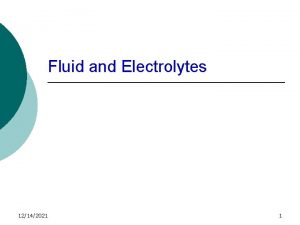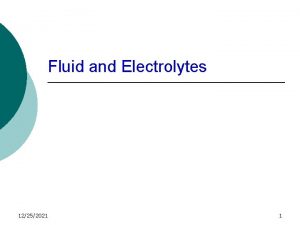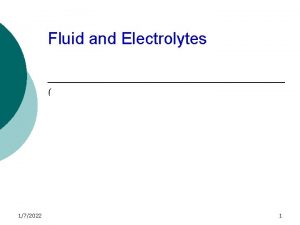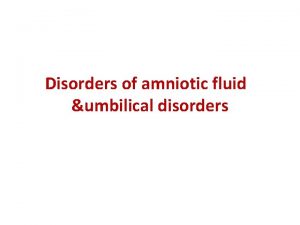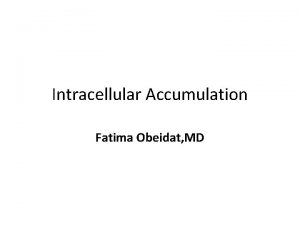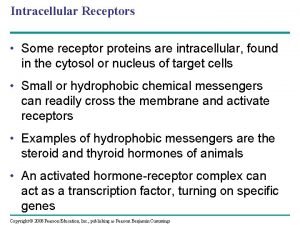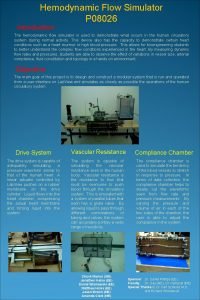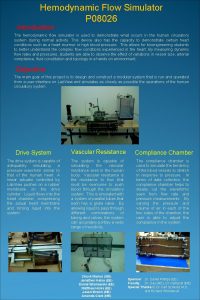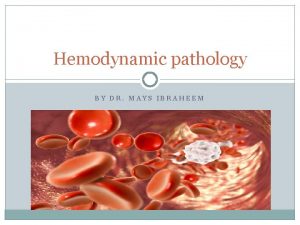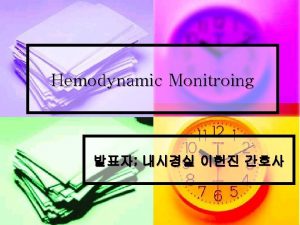Fluid and Hemodynamic Disorders Wheres my water Intracellular

























































- Slides: 57


Fluid and Hemodynamic Disorders

Where’s my water? • Intracellular • Ions • Ion specific gates in cell membrane • Cellular proteins • Extracellular • Interstitial (between the cells) Lymph • Intravascular • Blood • Lymphatic fluid

Movement of water in the vascular system • Hydrostatic, the pumping pressure • Heart • Skeletal muscle action • Oncotic or osmotic, holds fluid in. • Proteins such as albumin • Cellular elements such as RBCs

Intracellular & Extracellular Water


Things can go wrong • • • Heart failure Kidney failure Myocardial infarction Pulmonary emobolus Tissue congestion Edema

Edema • Too much extracellular fluid. – Swelling • tumor – Localized or – Generalized – Dependent • action of gravity

Tansudate or Exudate? • Exudate – Inflammatory water – Part of the inflammatory reaction • Rubor, dolor, calor, tumor – Purposeful and intentional – Localized

Tansudate or Exudate? • Transudate – Leakage, not part of healing – Increased hydrostatic pressure • Heart failure • Lymphatic obstruction – Decreased oncotic pressure • Decreased albumin

Congestive Heart Failure

Congestive Heart Failure

Passive Congestion

Chronic Passive Congestion, Nutmeg Liver

Chronic Passive Congestion

Pulmonary Edema

Pulmonary Edema

Pulmonary Edema

Pitting Edema

Lymphedema

Papilledema

Water in Hollow Spaces • Hydrothorax • Hydropericardium • Hydroperitoneum – Ascites


Healthy Blood Clotting • Platelets • Vessels • Clotting Proteins

Healthy Clotting

Clotting Factors

Factor Activation


Hematoma

Petechiae

Thrombosis • A pathological clot • A clot forming in the fixed vascular system.

Thrombosis 1. Endothelial damage 2. Stasis and clotting factor activation 3. Clotting factor abnormalities – Too many clotting proteins • • Pregnancy Cancers – Too little inhibition – Abnormal factors • Leiden Factor (abnormal V)

Thrombosis

Thrombosis • Arterial Side Thrombi – Platelet activation – Endothelial cell injury • Venous Side Thrombi – Stasis – Clotting factor activation – Endothelial cell injury

Coronary Artery Thombosis • Angiogram

Acute Myocardial Infarction

Mural Thrombus

Aneurysm with Thrombus

Deep Leg Vein Thrombosis

Airplane Travel • Gunner turret

Outcomes of a DVT

Embolus • Space occupying mass moving in the fixed vascular system • • Blood clot Bone Fragments Amniotic Fluid Air

Pulmonary Embolus

Pulmonary Embolus


Infarction • Anemic – End artery supply – No blood – White • Hemorrhagic – Venous occlusion – Loose tissues – Dual blood supply – Red

Anemic Infarct

Anemic Infarct

Cerebral Infarction

Hemorrhagic Infarct

Shock • • Poor perfusion Tissue hypoxia Tissue acidosis Many causes – – Poor pumping by heart Low blood volume Loss of fluid Overwhelming infections

Types of Shock • Cardiogenic – Decreased output • Hypovolemic – Blood loss – Fluid loss • Anaphylaxis – Ig. E and histamine • Septic – Gram negative rods – Toxins

What Happens Next? • Compensated – Fluid shifts • Decompensated – Progression possible • Irreversible – No recovery

The Shock Spiral

Summary • Fluid shifts • Oncotic & Hydrostatic Pressures • Excessive tissue water • Exudate vs. Transudate • Clot formation • Vessels, platelets & proteins • Thrombosis • Pathological clot • Arterial = endothelial damage & platelet activation. • Venous = stasis and factor activation

Summary • Infarction • Ischemic = end artery organ • Hemorrhagic = venous or dual blood supply • Tissue vulnerability – Brain – Kidney – muscle

 Intracellular fluid and extracellular fluid examples
Intracellular fluid and extracellular fluid examples Difference between renal and cardiac edema
Difference between renal and cardiac edema Coagulation casecade
Coagulation casecade Hemodynamic disorders
Hemodynamic disorders Edema heart
Edema heart Robbins
Robbins Hemodynamic disorders
Hemodynamic disorders Hemodynamic disorders
Hemodynamic disorders Ecf icf and interstitial fluid
Ecf icf and interstitial fluid Ecf icf and interstitial fluid
Ecf icf and interstitial fluid Water and water and water water
Water and water and water water Dynapulse
Dynapulse Moniter definition
Moniter definition Pinsky hemodynamic monitoring
Pinsky hemodynamic monitoring Hemodynamic monitoring system
Hemodynamic monitoring system Swan catheter
Swan catheter Intracellular and extracellular
Intracellular and extracellular Envelope nuclear
Envelope nuclear Extracellular fluid and interstitial fluid
Extracellular fluid and interstitial fluid Where is.scotland
Where is.scotland Where is greece
Where is greece Where is greece
Where is greece Wheres manchuria
Wheres manchuria Wheres washington state
Wheres washington state Where is my dozer
Where is my dozer Wheres ip
Wheres ip Wheres the ip
Wheres the ip Wheres china
Wheres china Wheres the yellow river
Wheres the yellow river Wheres the ozone layer
Wheres the ozone layer Wheres fetty wap
Wheres fetty wap Wheres hadrians wall
Wheres hadrians wall Wheres my mobey
Wheres my mobey Intracellular receptors
Intracellular receptors Intracellular accumulation meaning
Intracellular accumulation meaning Interstitial fluid vs extracellular fluid
Interstitial fluid vs extracellular fluid Intracellular accumulation
Intracellular accumulation Intracellular hormone binding
Intracellular hormone binding T4 bacteriophage
T4 bacteriophage Intracellular digestion
Intracellular digestion Intracellular ph regulation
Intracellular ph regulation Process of changing food into simpler substances
Process of changing food into simpler substances Intracellular structure
Intracellular structure Neurotrasmiters
Neurotrasmiters Intracellular accumulation
Intracellular accumulation Intracellular k concentration
Intracellular k concentration Intracellular receptors
Intracellular receptors Intracellular accumulations
Intracellular accumulations Is synovial fluid extracellular fluid
Is synovial fluid extracellular fluid Fluid statics deals with fluid at rest
Fluid statics deals with fluid at rest Fluid statics deals with
Fluid statics deals with Fluid kinematics
Fluid kinematics Horse shoe shaped dullness
Horse shoe shaped dullness Water fluid
Water fluid Dwafwa
Dwafwa Unit 14 physiological disorders health and social care
Unit 14 physiological disorders health and social care Bipolar and other related disorders
Bipolar and other related disorders Bipolar and other related disorders
Bipolar and other related disorders

